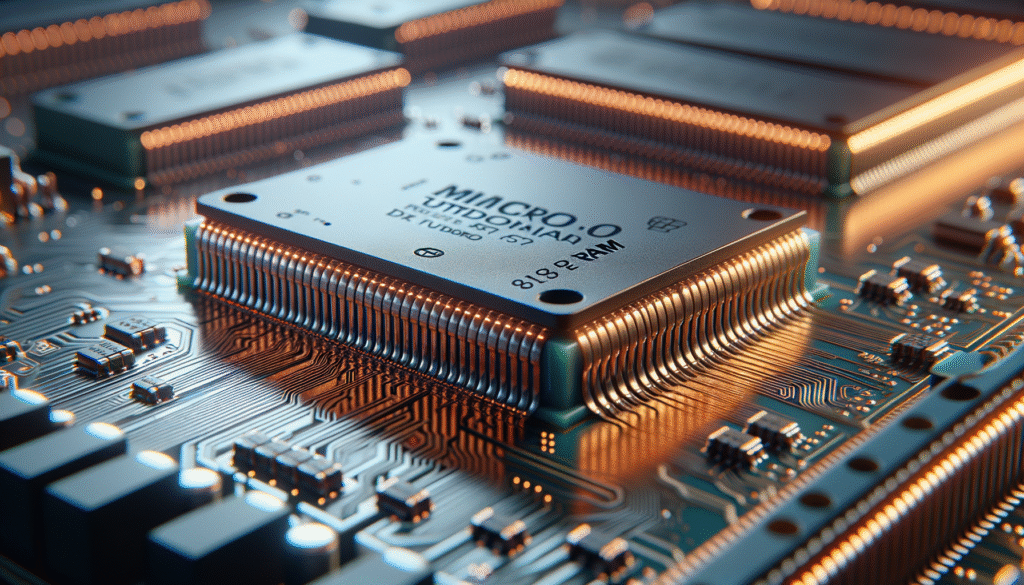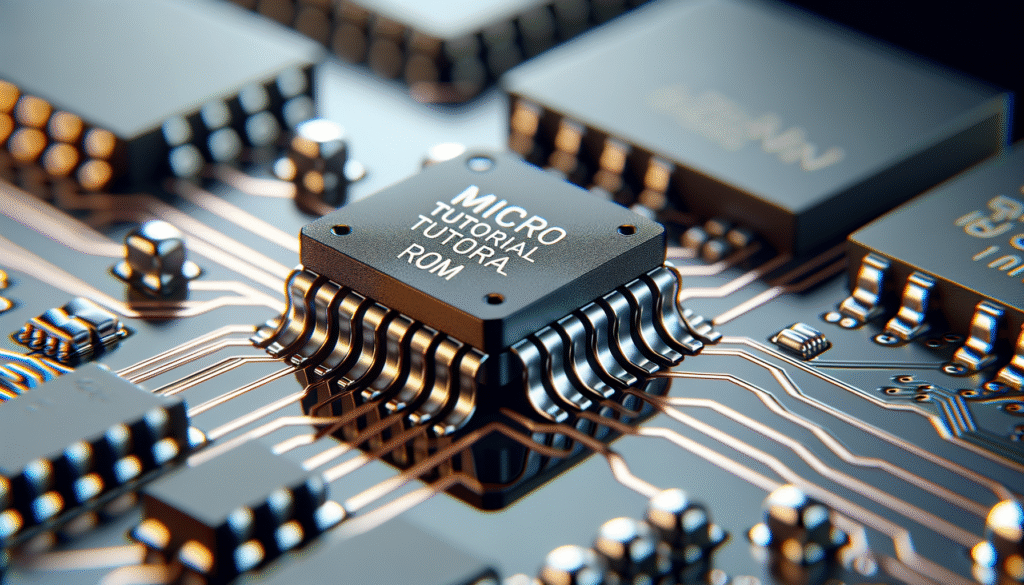Micro Tutorial: FPGA
Practical Introduction
Back in college, I remember being fascinated by the idea of creating my own digital circuits. One day, a friend showed me an FPGA, and since then, my curiosity about its potential has only grown.
What It’s Used For and How It Works
FPGAs, or Field Programmable Gate Arrays, are semiconductor devices that allow engineers to design and configure custom digital circuits after manufacturing. This means that, unlike traditional integrated circuits, you can program FPGAs to perform specific functions according to your needs. This is especially useful in applications where flexibility and adaptability are crucial.
In terms of how they work, an FPGA consists of a set of logic blocks, interconnections, and input/output components. Each logic block can be configured to perform a specific logical function, such as an AND gate or a flip-flop. Thus, you can build complex circuits by combining these blocks. For instance, if you want to implement a processor, you can use several logic blocks to create arithmetic units, registers, and other essential components.
Moreover, FPGAs offer parallelism, meaning that multiple operations can be executed simultaneously. This is advantageous in applications requiring fast processing, such as digital signal processing or video encoding. However, it’s important to remember that programming an FPGA may require knowledge of hardware description languages like VHDL or Verilog, which can be an initial hurdle, but once overcome, the possibilities are virtually endless.
Key Parameters
| Parameter | Typical Value |
|---|---|
| Logic Density | 10,000 – 1,000,000 ALUTs |
| Clock Speed | 100 MHz – 1 GHz |
| Power Consumption | 1 W – 100 W |
| I/O Capabilities | 30 – 1000 pins |
| Internal Memory | 1 MB – 512 MB |
| Price | $10 – $10,000 |
The above parameters indicate the capacity and performance of FPGAs, which will help you choose the appropriate device for your project.
Concrete Use Case
Imagine you are developing a control system for a drone. You need fast and efficient processing of sensor signals, as well as the ability to control multiple motors simultaneously. This is where an FPGA can be very useful.
By using an FPGA, you can program logic blocks to perform specific functions, such as reading distance sensor signals, processing camera data, and controlling motors in real-time. Additionally, due to the parallelism capability, you can ensure signals are processed and responded to instantaneously, which is crucial for the drone’s stability and safety.
Unlike a microcontroller, which might have limitations regarding speed and the number of simultaneous tasks, the FPGA allows you to customize the design of the control system according to your specific needs, adapting the circuit as your project evolves. Thus, you can conduct tests and adjustments without needing to change hardware, saving time and resources.
Common Mistakes and How to Avoid Them
- Not Understanding FPGA Architecture: Before starting, take the time to learn about the architecture of the FPGA you are using. This will help you optimize your design.
- Underestimating Design Complexity: Make sure to plan and design your circuit in advance. Don’t rush; a poorly thought-out design can lead to failures.
- Ignoring Simulation: Simulate your design before loading it onto the FPGA. This will allow you to identify and correct errors without needing to reprogram the device.
- Not Considering Power Consumption: Keep in mind that power consumption can be a critical factor, especially in portable applications. Make sure to optimize your design to minimize consumption.
- Using an Inadequate Hardware Description Language: Familiarize yourself with VHDL or Verilog, and choose the one that best fits your needs. A good knowledge of these languages will facilitate design and implementation.
Conclusion + Call to Action
FPGAs are powerful tools that enable engineers to create customized and efficient solutions across a wide variety of applications. With their flexibility and parallel processing capability, they can adapt to the changing needs of your projects. If you’re interested in exploring more about designing and implementing digital circuits, don’t hesitate to dive into the world of FPGAs. Practice makes perfect!
More information at electronicsengineering.blog
Quick Quiz
Question 1: What does FPGA stand for?
Question 2: What is a key advantage of using FPGAs?
Question 3: Which language is commonly used to program FPGAs?
Question 4: What is a typical clock speed range for FPGAs?
External sources
- Microcontrolador en FPGA: Cómo hacerlo paso a paso
- Tutorial de FPGA – HardwareBee
- Programación de un FPGA – SparkFun Learn



